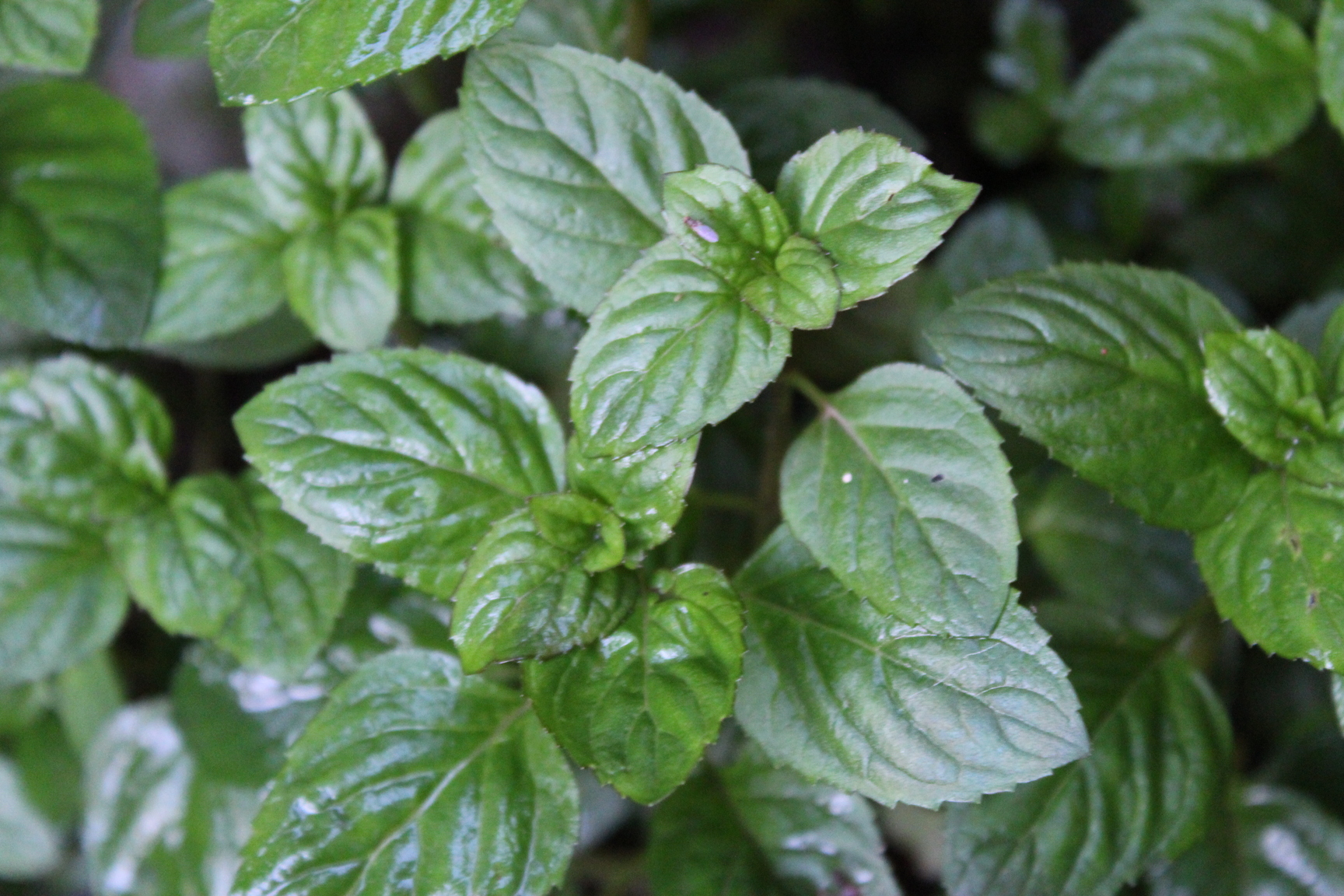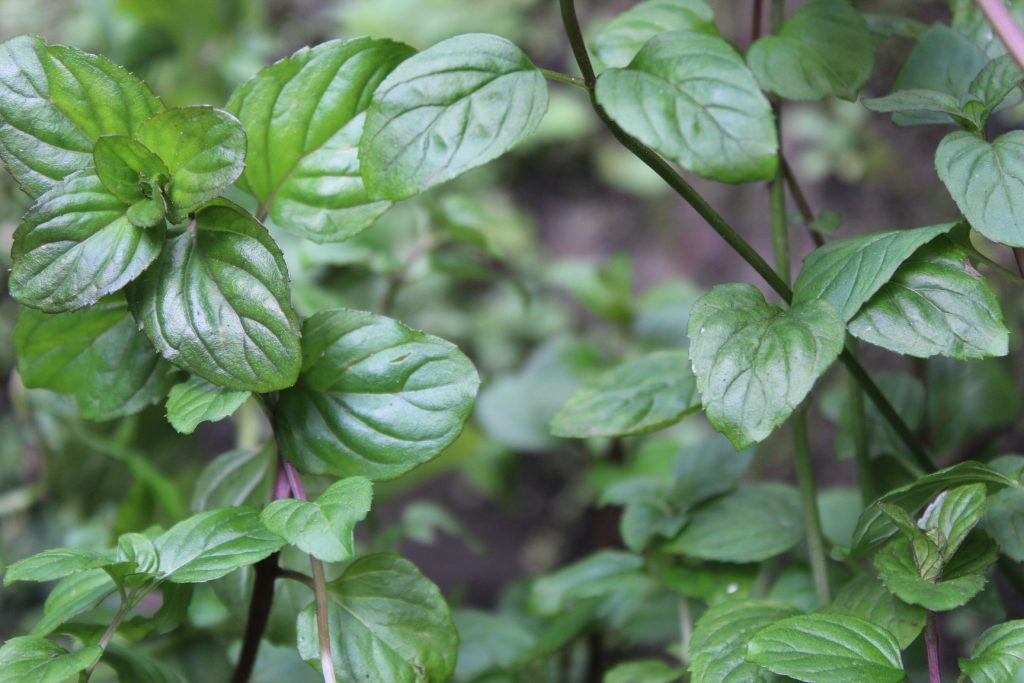Basil, (Ocimum basilicum) is an annual herb of the mint family (Lamiaceae), grown for its aromatic leaves. Basil is likely native to India and is widely grown as a kitchen herb. The leaves are used fresh or dried to flavor meats, fish, salads, and sauces; basil tea is a stimulant.
How to Grow Basil
Basil is easy to grow, but it only grows outdoors in the summer and only once the soil has warmed up nicely. To head start, plant the seeds or transplants outdoors after the frost has passed and the soil is warm. Make sure that it gets 6-8 hours of Sun daily. The soil should be moist and well-drained and during dry periods in summer, water the plants freely.
If you’re planning on cooking with these plants, plant them in clean soil and don’t use fertilizers that leave harmful residues. Remember to pinch out the flower heads as soon as they appear to make sure that the leaves will continue to grow. Also, keep harvesting the leaves to keep the plant going.

Basil Varieties
Basil is a leafy, fragrant annual with a bushy appearance. The most common type of basil is sweet basil; other types include purple basil (less sweet than common basil), Lemon basil (lemon flavor), and Thai basil (licorice flavor).
Sweet basil: The most widely grown, popular basil, renowned for its use in Italian dishes. Commonly sold dried in supermarkets. It has a licorice-clove flavor.
Bush or Greek basil: It has a strong aroma but mild flavor, so it can be substituted for sweet basil. It forms a compact bush with small leaves and grows well in a pot.
Thai basil: This variety of basil has an anise-licorice flavor and is commonly used in Thai and Southeast Asian dishes.
Cinnamon basil: This variety is native to Mexico. It has a cinnamon-like flavor and scent. It is commonly served with legumes or spicy, stir-fried vegetables.
Lettuce basil: It features large, wrinkled, soft leaves with a licorice-like flavor. It works well in salads or tossed with tomatoes and olive oil.
Purple Basil: It’s less sweet than common basil. You can plant it to add some nice color to your garden. When steeped in white vinegar, it creates a beautiful color.
Holy Basil: Also known as Tulsi in India. It is commonly used in the traditional Indian medicine system, Ayurveda. Holy basil is sometimes called “hot basil” because of its peppery taste. Chemicals in holy basil are thought to decrease pain and swelling.


Difference between Basil and Tulsi?
There are different breeds of basil. Tulsi is one of them. Tulsi is called Indian Basil or the Holy Basil. Some of the other kinds of basil are Genovese Basil, Lemon Basil, Purple Basil, Greek Basil, Globe Basil, etc. Basil can often crossbreed between each other resulting in hybrids, which can have some crazy flavors.
Most of the other kinds of basil are used as spices in culinary practices. Tulsi or the holy basil is associated with the Hindu religion and is worshiped by them. Some Hindu temples provide Tulsi garland or Tulsi steeped tea to its patrons donated to the temples by devotees. Tulsi is very spicy and is often used to treat sore throat and cold. Tulsi is said to lower libido especially for men and therefore, held sacred by Hindu saints.
Benefits of eating Basil
Basil contains many vitamins and minerals, as well as antioxidants. Many of the basil’s health benefits come from these antioxidants and it’s essential oils.
Health benefits of basil include:
- Reduction of Stress
- Cancer Prevention
- Blood Sugar Regulation
- Heart Disease Prevention
- Improved Mental Health
- Reduce Inflammation
- Protection against Infections
- Basil is an excellent source of vitamin K, manganese, iron, vitamin A, and vitamin C.
- It’s also a good source of calcium, magnesium, and omega-3 fatty acids.
- Women sometimes use basil before and after childbirth to promote blood circulation, and also to start the flow of breast milk.
- Good for Digestion
- Treatment of Cough and Cold
- Skin Benefits
- Helps detoxify the body
- Promote a healthy gut.


Basil Recipes
https://www.acouplecooks.com/easy-tomato-basil-soup/
https://www.olivemagazine.com/guides/how-to/classic-pesto/
https://www.olivemagazine.com/recipes/meat-and-poultry/tomatoes-and-lardo-on-toast-with-basil-oil/
https://www.acouplecooks.com/everything-basil-pizza/
https://www.acouplecooks.com/caprese-salad/
https://www.acouplecooks.com/tomato-basil-sauce-recipe/
https://www.simplyrecipes.com/recipes/fresh_basil_pesto/
